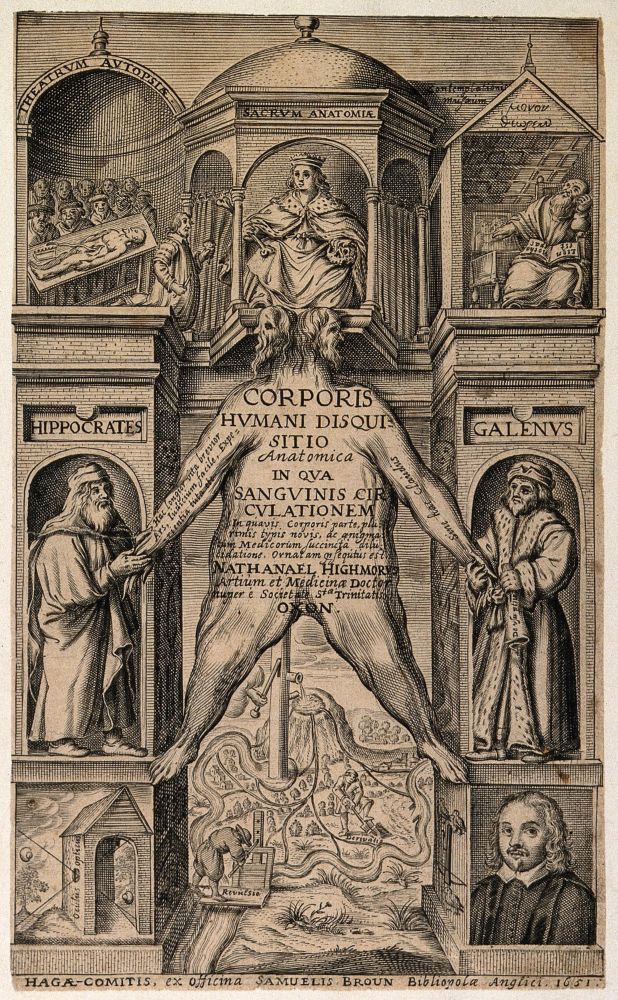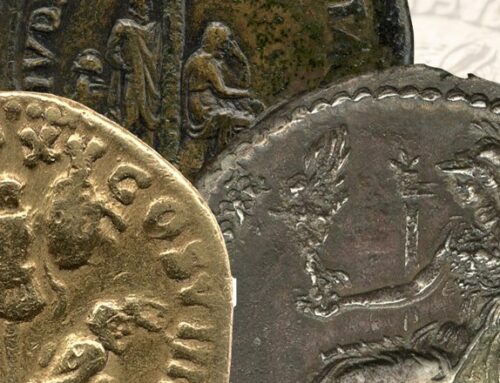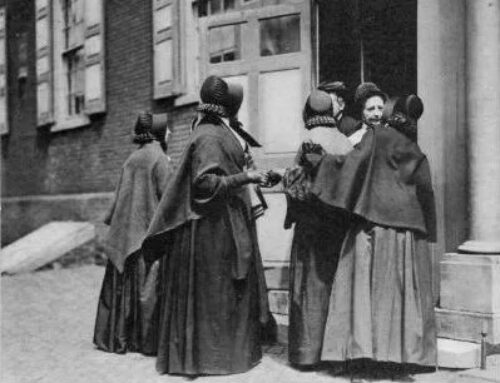For the stomach that does not digest food and does not distribute it is not only the cause of the extinction and corruption of the other members of the body but also of itself.
Giovanni Botero, Della ragion di stato
In late medieval and early modern Europe a symbolic corporeal vocabulary was central to communicating the complex relationships between politics and economy. Tax revenues were conceptualised as the state’s “main sinews.” Wealth could be theorised as the “nourishment” that enabled states to act. Reduction of public indebtedness could be described as allowing a political community to “take breath.” Treasury surplus were argued to provide medicine for ailing kingdoms. Citizen credit could even be conceptualised as providing “the heart of the body.” The circulation of revenue enabled the equalization and balance fundamental to justice. Yet consumption and circulation were fraught with latent dangers of excess and unruly passions. Just as the vice of avarice was a danger to soul, its political manifestation as overaccumulation could threaten the integrity of the whole social body.

In my project for the Turin Humanities Programme “Political Thought and the Body: Europe and East Asia 1100–1650” I will be investigating how such anatomical and physiological images were harnessed by writers to describe taxation and argue the importance of good fiscal governance. This repertoire of images entered European political thought from Greek, Roman, and Arabic intellectual inheritances. Their ubiquity from the twelfth and thirteenth centuries reflected not only the importance of fiscal governance as medieval European societies became increasingly monetised but also the reappraisal and use of medical ideas drawn from ancient authors, such as Aristotle and Galen, in political thinking. These body politic metaphors were not simply commonplaces of abstract reflection on moral governance in taxation, but powerful images deployed in legal proclamations and fiscal advice, that inspired new ways of conceiving state taxation and political action. Somatic metaphors were powerful heuristic tools that political actors used to communicate complex ideas about the nature of social reality.
“These body politic metaphors were powerful images deployed in legal proclamations and fiscal advice, that inspired new ways of conceiving state taxation and political action
My research will explore how the body-politic metaphor was used by thinkers from John of Salisbury (d. 1180), and his description of the treasury in the Policraticus, to William Petty (1623–87) and his Political Anatomy of Ireland.






